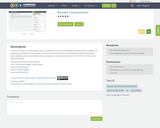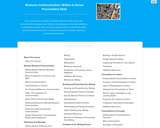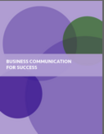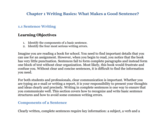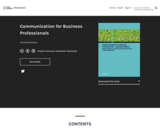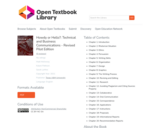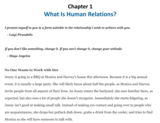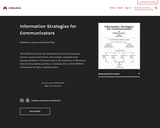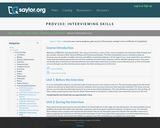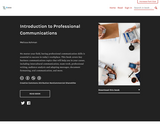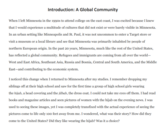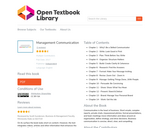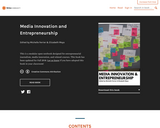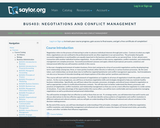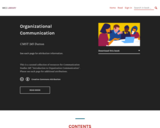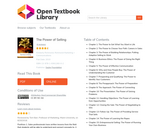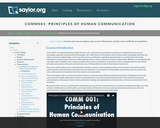I. Chapter 1: Professional Business Communication
1. Introduction
2. What is Communication?
3. Communications Process: Encoding and Decoding
4. Eight Essential Components of Communication
5. Why Is It Important To Communicate Well?
6. Communication in Context
7. Your Responsibilities as a Communicator
8. Conclusion
II. Chapter 2: Delivering Your Message
9. Introduction
10. What is Language?
11. Messages
12. Principles of Verbal Communication
13. Language Can be an Obstacle to Communication
14. Improving Verbal Communication
15. Conclusion
III. Chapter 3: You and Your Audience
16. Introduction
17. Perception
18. Self-Understanding Is Fundamental to Communication
19. Getting to Know Your Audience
20. Listening and Reading for Understanding
21. Conclusion
IV. Chapter 4: Nonverbal Communication
22. Introduction
23. Principles of Nonverbal Communication
24. Types of Nonverbal Communication
25. Movement in Your Speech
26. Nonverbal Strategies
27. Conclusion
V. Chapter 5: Presentation Organization
28. Introduction
29. Rhetorical Situation
30. Strategies for Success
31. The 9 Cognate Strategies
32. Purpose and Central Idea Statements
33. Research
34. Organizational Models for Presentations
35. Outlining Your Presentation
36. Transitions
37. Conclusion
VI. Chapter 6: Developing Presentations
38. Introduction
39. Methods of Presentation Delivery
40. Preparing For Your Delivery
41. Practising Your Delivery
42. What to Do When Delivering Your Speech
43. Conclusion
VII. Chapter 7: Presentations to Inform
44. Introduction
45. Functions of the Presentation to Inform
46. Types of Presentations to Inform
47. Adapting Your Presentation to Teach
48. Preparing Your Speech to Inform
49. Creating an Informative Presentation
50. Conclusion
VIII. Chapter 8: Presentations to Persuade
51. Introduction
52. Principles of Persuasion
53. Presentations that Persuade
54. Making An Argument
55. Speaking Ethically and Avoiding Fallacies
56. Conclusion
IX. Chapter 9: Intrapersonal and Interpersonal Communication
57. Introduction
58. What is Intrapersonal Communication?
59. Self-Concept
60. Interpersonal Needs
61. Rituals of Conversation
62. Employment Interviewing
63. Conflict in the Work Environment
64. Conclusion
X. Chapter 10: Intercultural and International Communication
65. Introduction
66. Intercultural Communication
67. Common Cultural Characteristics
68. Divergent Cultural Characteristics
69. International Communication and the Global Marketplace
70. Styles of Management
71. Conclusion
XI. Chapter 11: Group Communication, Teamwork, and Leadership
72. Introduction
73. What is a Group?
74. Group Life Cycles and Member Roles
75. Group Problem Solving
76. Teamwork and Leadership
77. Conclusion
XII. Chapter 12: Digital Media and Communications
78. Introduction
79. Digital and Social Media
80. Online Engagement
81. Your Digital Footprint
82. Conclusion
